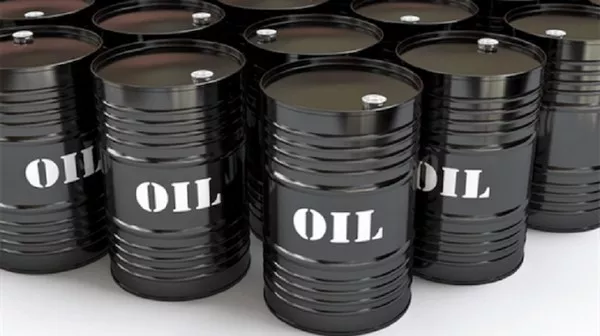Oil prices surged on Monday, propelled by political upheaval in major producing countries. The death of Iran’s president in a helicopter crash and Saudi Arabia’s crown prince postponing a trip to Japan due to concerns over the king’s health injected volatility into the market.
Brent crude climbed 0.5% to $84.39 a barrel, reaching its highest level since May 10, with West Texas Intermediate (WTI) crude for June edging up to $80.29 a barrel, its highest since May 1.
The tragic demise of Iranian President Ebrahim Raisi, a significant figure in Iran’s political landscape, intensified uncertainty. Concurrently, Saudi Arabia’s Crown Prince Mohammed bin Salman’s decision to delay his visit to Japan due to his father King Salman’s health issues added to market jitters.
With King Salman receiving treatment for lung inflammation, concerns about leadership stability in Saudi Arabia emerged. Analysts highlighted the potential for further price hikes, projecting WTI prices to approach $83.50 amid geopolitical tensions and bullish market sentiment.
Moreover, recent developments in China, including adjustments to property measures, contributed to market optimism, driving oil prices upward.
Despite these factors, oil prices remained within a narrow range, underscoring the need for clarity regarding OPEC+ output policies. The upcoming OPEC+ meeting on June 1 is anticipated to provide insights into production strategies, potentially influencing market dynamics.
Analysts noted the market’s resilience to geopolitical fluctuations, attributing it to OPEC’s substantial spare capacity. Saul Kavonic emphasized the expectation of continuity in Saudi Arabia’s energy strategy despite the health concerns surrounding Crown Prince Mohammed bin Salman.
Meanwhile, the United States capitalized on the recent price drop by purchasing 3.3 million barrels of oil to replenish its Strategic Petroleum Reserve, signaling ongoing efforts to stabilize energy markets.
In conclusion, political uncertainties in key oil-producing nations have heightened market volatility, with prices poised to respond to geopolitical developments and supply-demand dynamics in the coming weeks.


